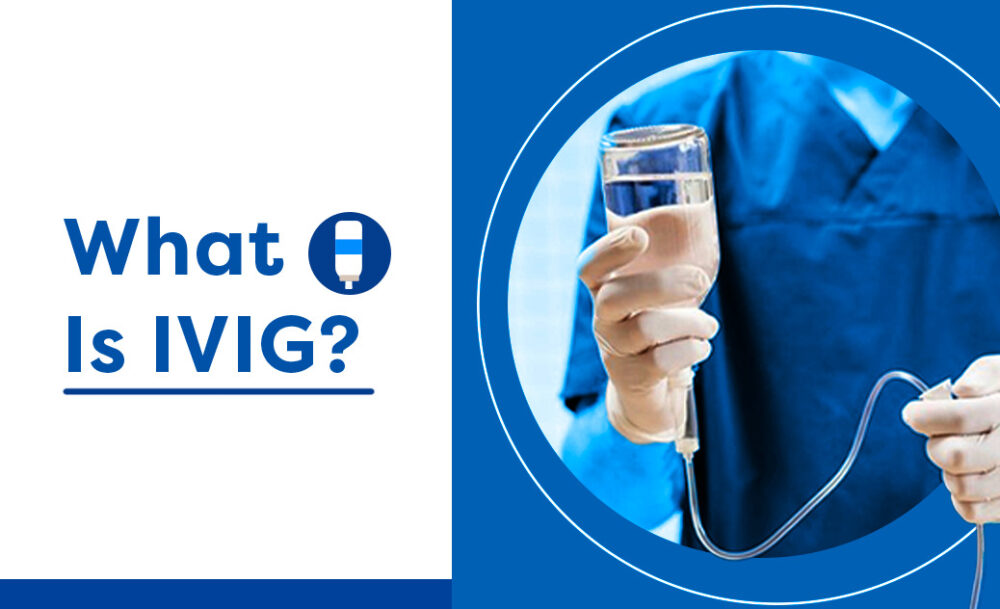By: Kaveh Ardalan, M.D. – Duke University School of Medicine, Cure JM Center of Excellence Susan Shenoi, MBBS, MS, RhMSUS, Seattle Children’s Hospital, Cure JM Center of Excellence Suzanne Edison, M.A., M.F.A., Cure JM Mental Health Coordinator
The questions about what to do before and post-IVIg to prevent side effects come up often. We know that IVIg can be a very beneficial treatment for JDM, yet it is not without potential side effects. Please read further to minimize the event’s trauma and prevent side effects, e.g., nausea, severe headaches, etc.
Note that some families find it advantageous to have their infusions administered by an in-home nurse that comes to their residence. Please contact familyeducation@curejm.org to learn more.
It’s important to note that not every physician follows the same IVIg protocol, and there may be slight differences in pre- or post-infusion recommendations. Families are encouraged to speak with their clinical care team about what is right for their child.”
Some families also find it helpful to have infusions administered by an in-home nurse. If you’d like to learn more about this option, please contact us at familyeducation@curejm.org.
Preventing IVIG Side Effects and Reactions
Understanding a few key points about IVIG can help minimize side effects like headaches, migraines, or allergic reactions.
1. Hydration is Key
Staying well-hydrated is crucial:
- Before: Drink plenty of fluids 24 hours before your infusion.
- During: Continue hydrating during the infusion with water or low-sugar electrolyte drinks. Your doctor may also order a saline solution to be given before or during the IVIG.
- After: Keep hydrating for 24-48 hours after the infusion.
2. Infusion Rate Matters
A slower infusion rate can often help prevent side effects.
- Discuss with your doctor: This is especially important for your first infusion.
- Understand the plan: The infusion rate is how fast the IVIG enters your body. It may start slow and increase gradually.
- First-time infusions: Doctors often recommend a maximum rate of 2.0 ml/kg/hour for the first time.
- Monitor closely: Reactions can occur even hours after the infusion. Keeping the rate slow can often prevent reactions later.
- Compare the plan: Use the chart below to compare your doctor’s instructions with the nurse’s plan.
Your Child’s Infusion Plan
Your doctor will provide this information. We recommend printing this page, filling it in, and taking with you to your infusion so you know what to expect:
- Date of Infusion:
- Child’s weight (kg): (Multiply pounds x 0.454)
- Brand of IVIG:
- Dose:
- Dose in mg/kg: (A typical starting dose is 2 mg per kg)
- Starting Rate for ____ minutes: ____ ml per kg per hour (A typical starting rate might be 5ml/kg/hr, increasing every 30 minutes)
- After __ min increase to this rate: ____ ml per kg per hour
- After __ min increase to this rate: ____ ml per kg per hour
- After __ min increase to this rate: ____ ml per kg per hour
- After __ min increase to this rate: ____ ml per kg per hour
- After __ min increase to max rate: ____ ml per kg per hour
- MAX Rate for the rest of the infusion: ____ ml per kg per hour (*Many doctors recommend a max of 2 ml/kg/hour, especially for the first infusion. Discuss this with your doctor beforehand.)
- Premeds: (e.g., Tylenol, Benadryl) Will any be repeated during the infusion? Why or why not?
- Saline bolus: Will one be given? Why or why not?
- Any other notes or instructions from the doctor?
Monitoring & Advocacy
- Watch closely: Monitor your child during and after the infusion.
- Speak up: If your child feels unwell, inform the nurse or doctor immediately.
- Start slow: It’s often better to go slower for the first infusion to avoid delayed reactions.
- Ask questions: You have the right to understand your child’s treatment. Use the chart above to stay informed.
Oftentimes a child will feel good during the infusion and the infusion nurse may want to increase the rate. Parents should use caution when increasing and be careful going above 2.0ml/kg/hr. A child that feels well during the infusion may feel very sick afterwards if the IVIG is infused too quickly. This is especially true at the first infusion.
Discuss Infusion Options with Your Doctor
Explore options like at-home infusions (IV or subcutaneous) if clinic schedules are a challenge. Email info@curejm.org or join the conversation at JM Moms (care givers) | Facebook
Other Considerations
- Hydration: Drink water or low-sugar electrolyte drinks for optimal hydration
Nutrition: Some specialists suggest emerging research indicating that less processed foods, lower in sodium, can be helpful during IVIG. Many families find it helpful to pack healthy lunches and snacks, including fresh fruits and veggies, beans, lean meats, air-popped popcorn, and similar options. While research is ongoing, it’s always recommended to consult your child’s doctor for specific dietary advice during IVIG treatment.
Some references:
https://pubmed.ncbi.nlm.nih.gov/16391392/




